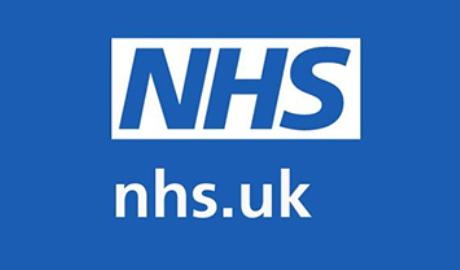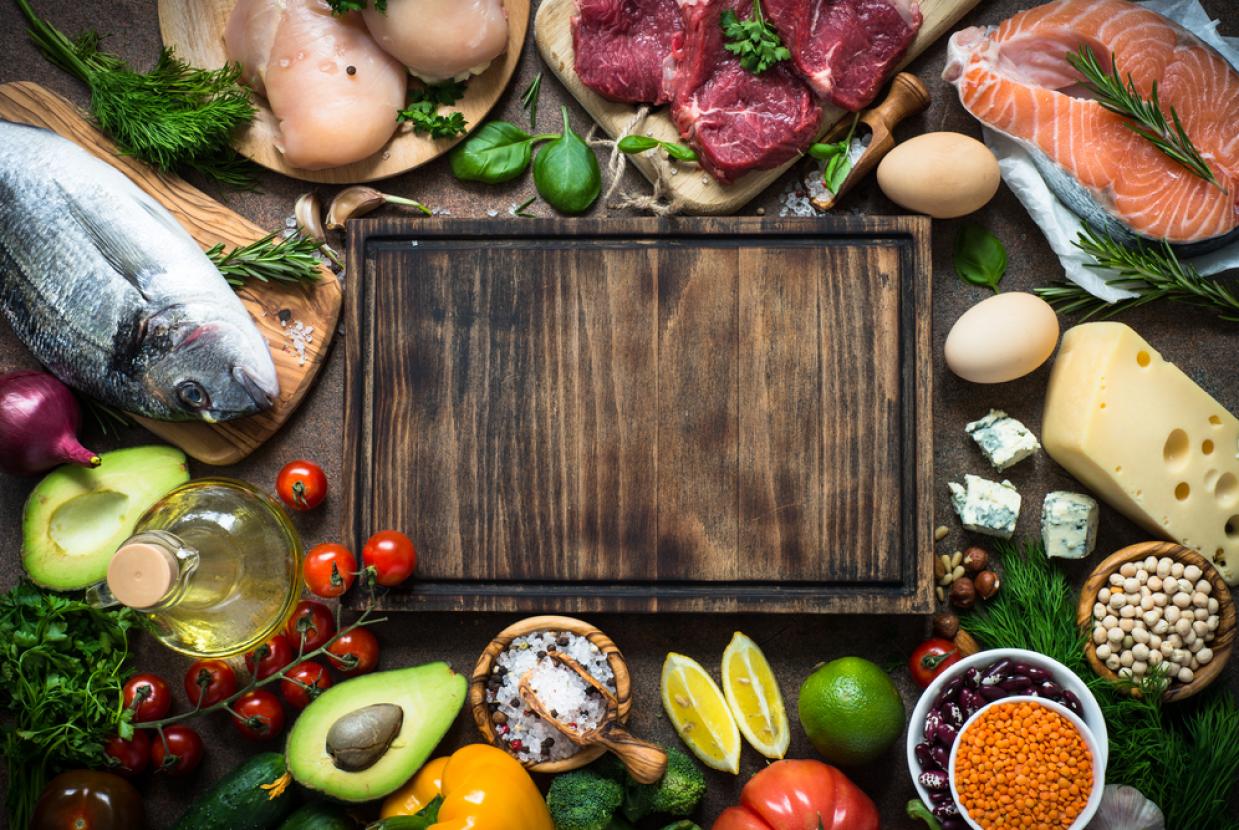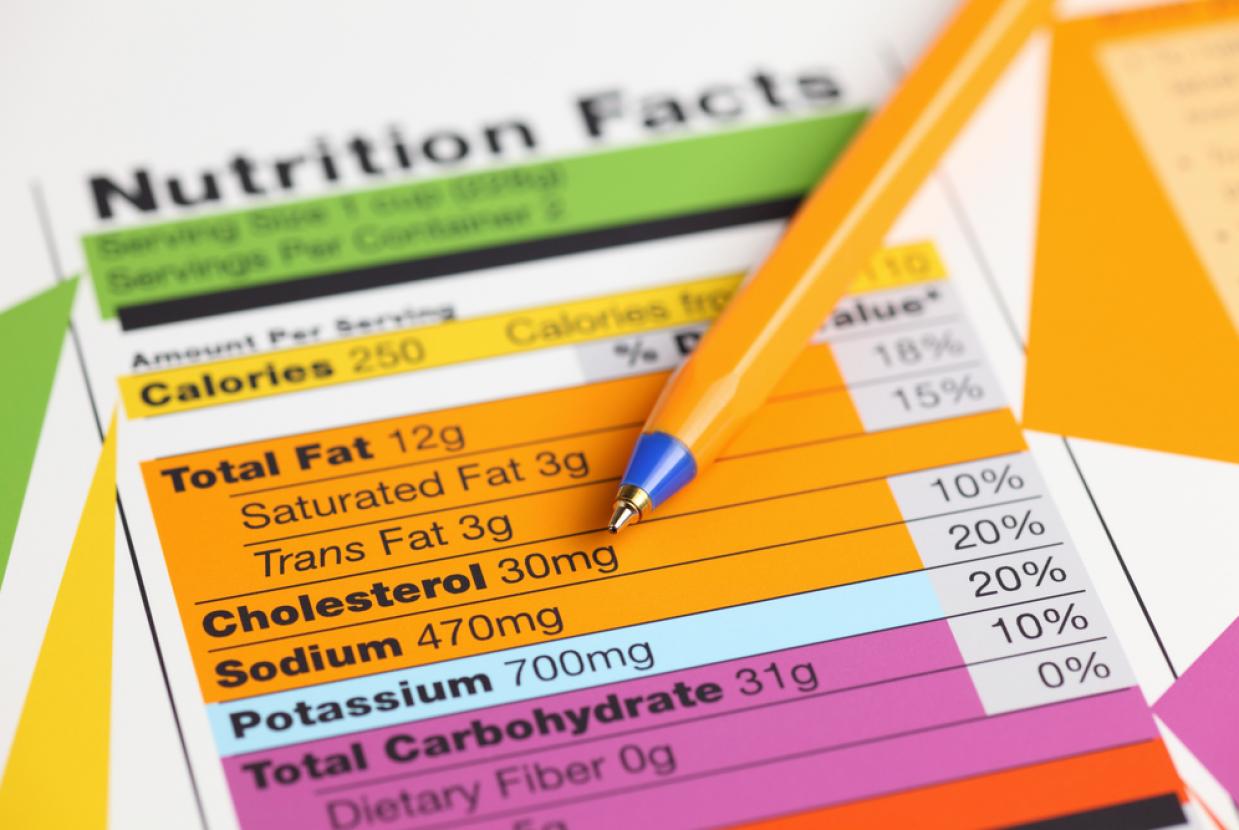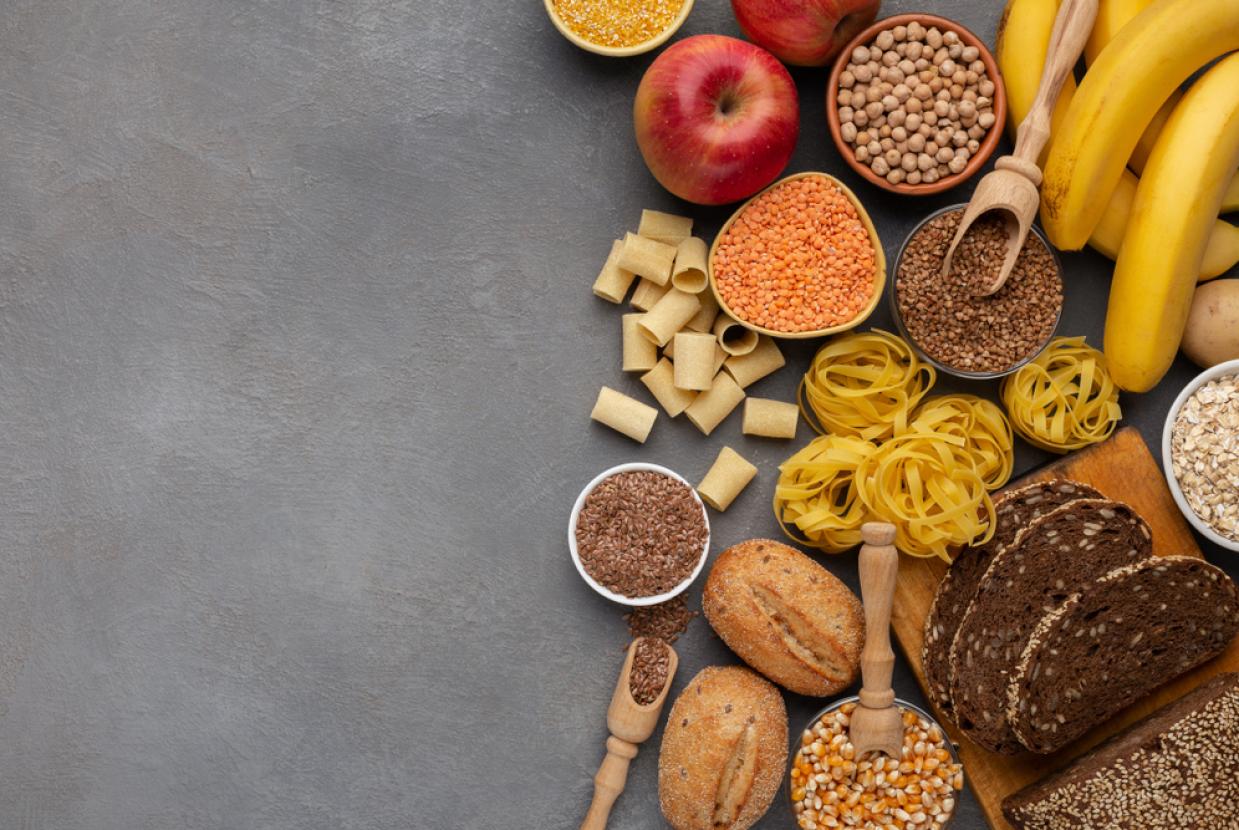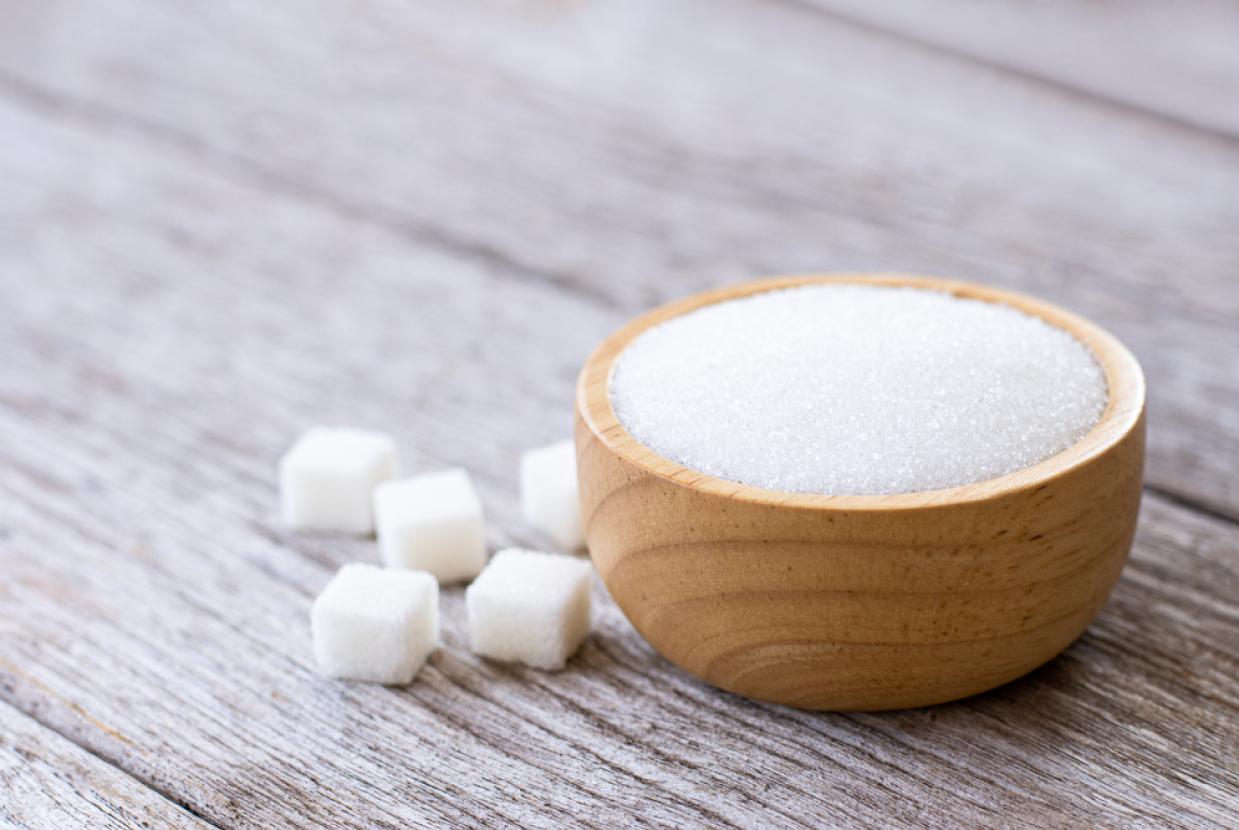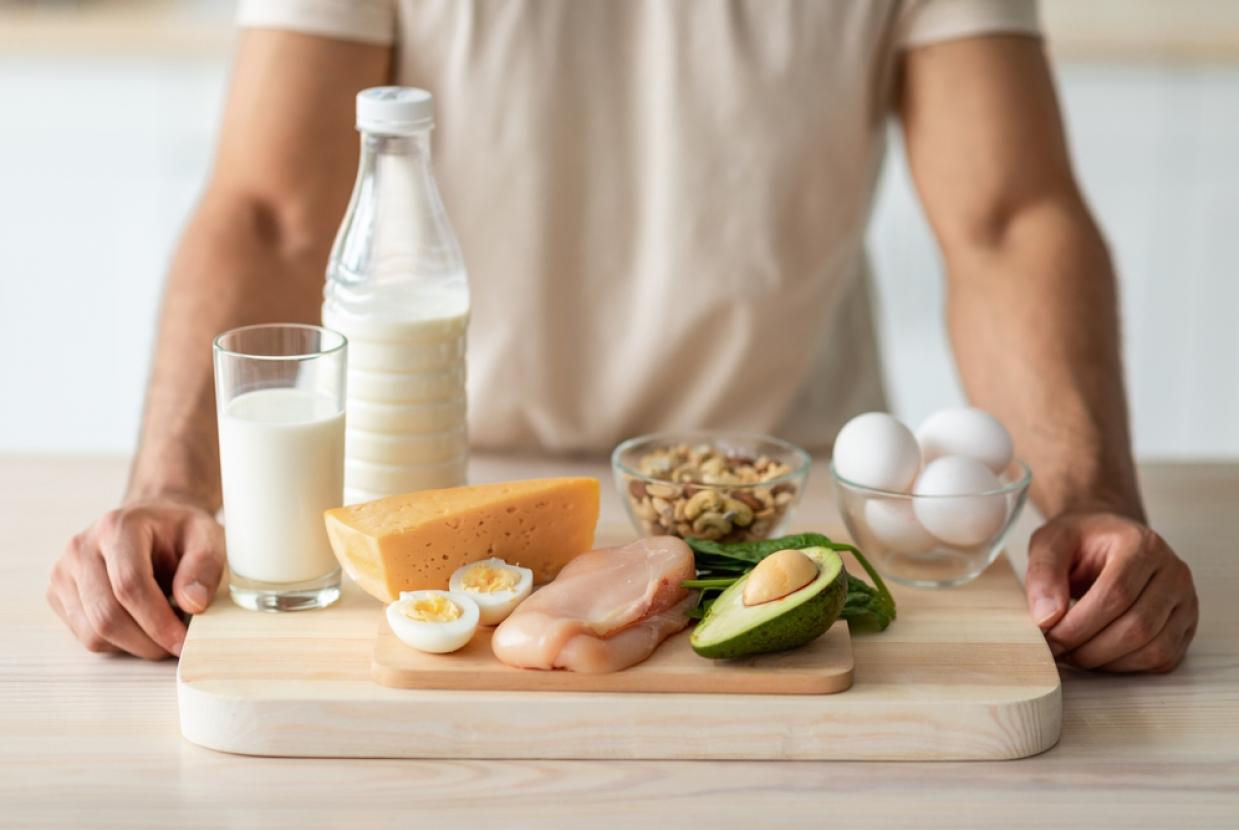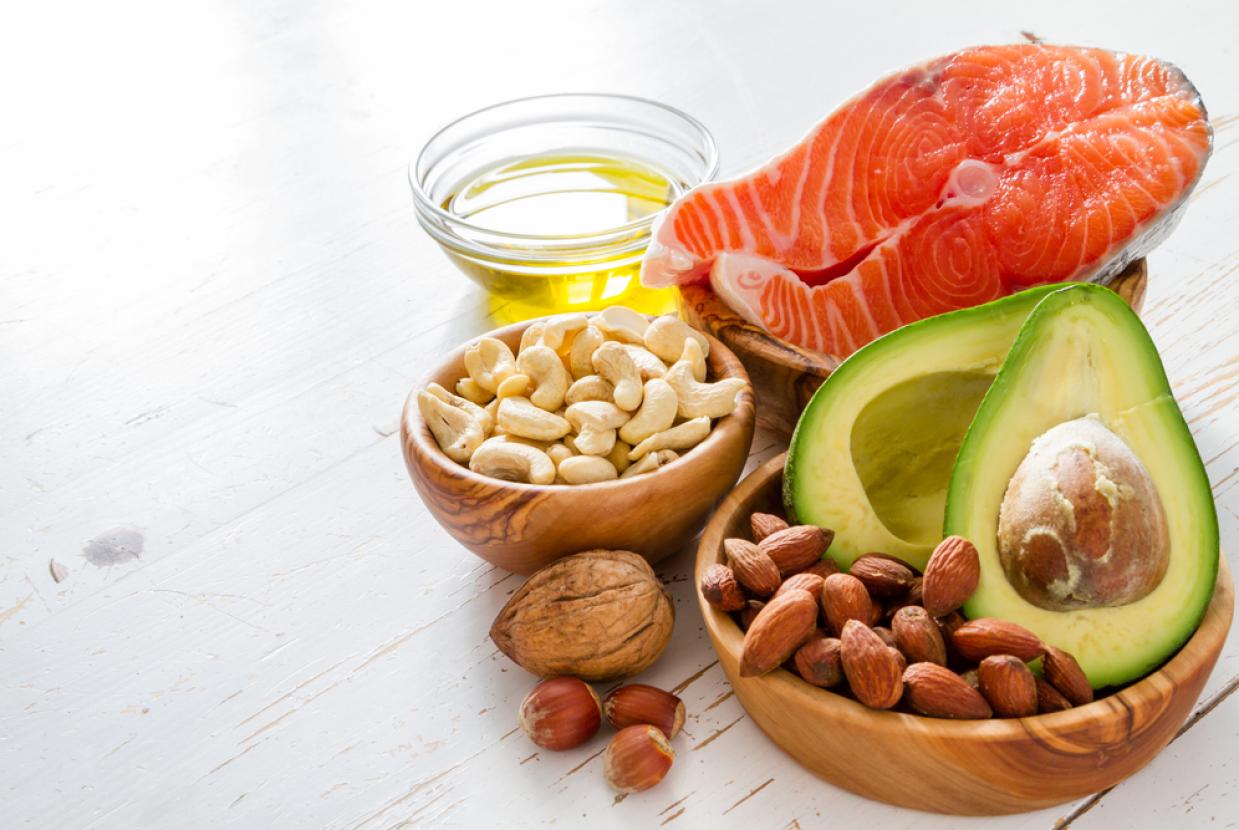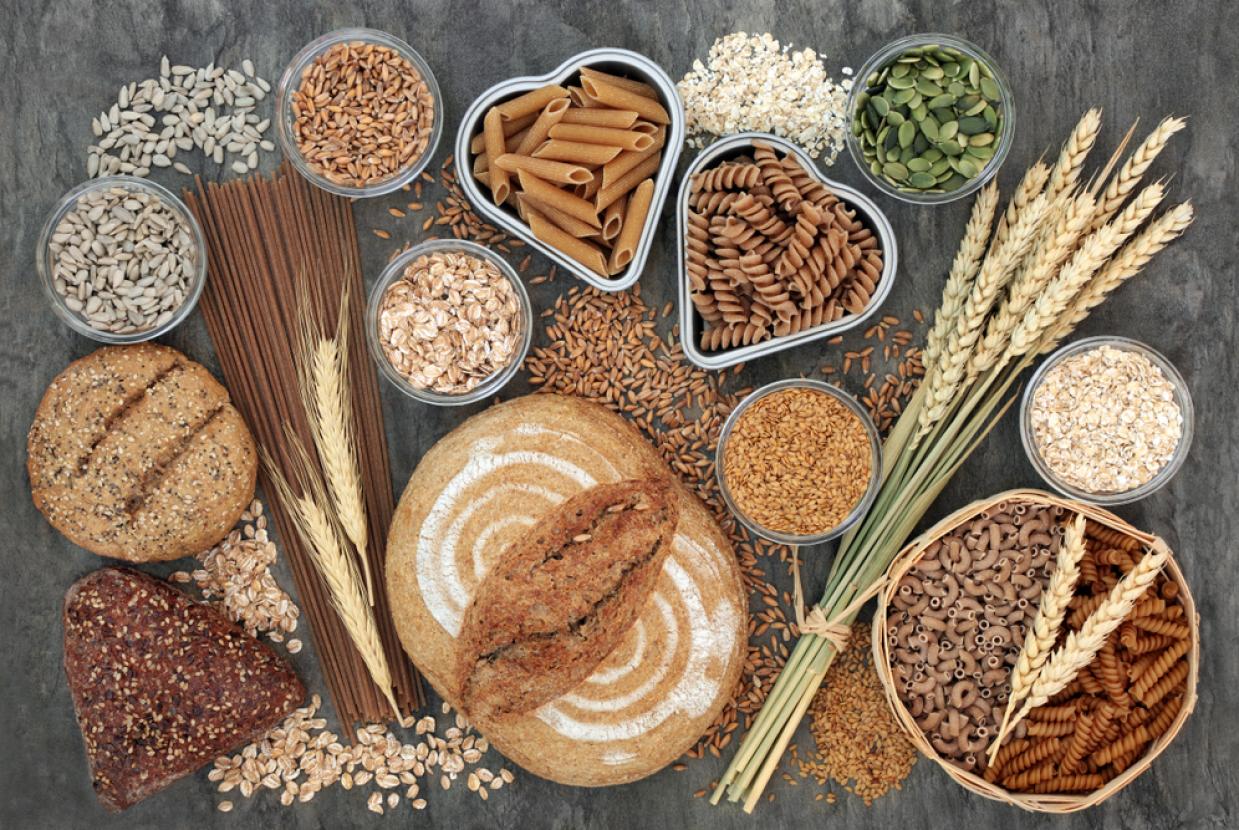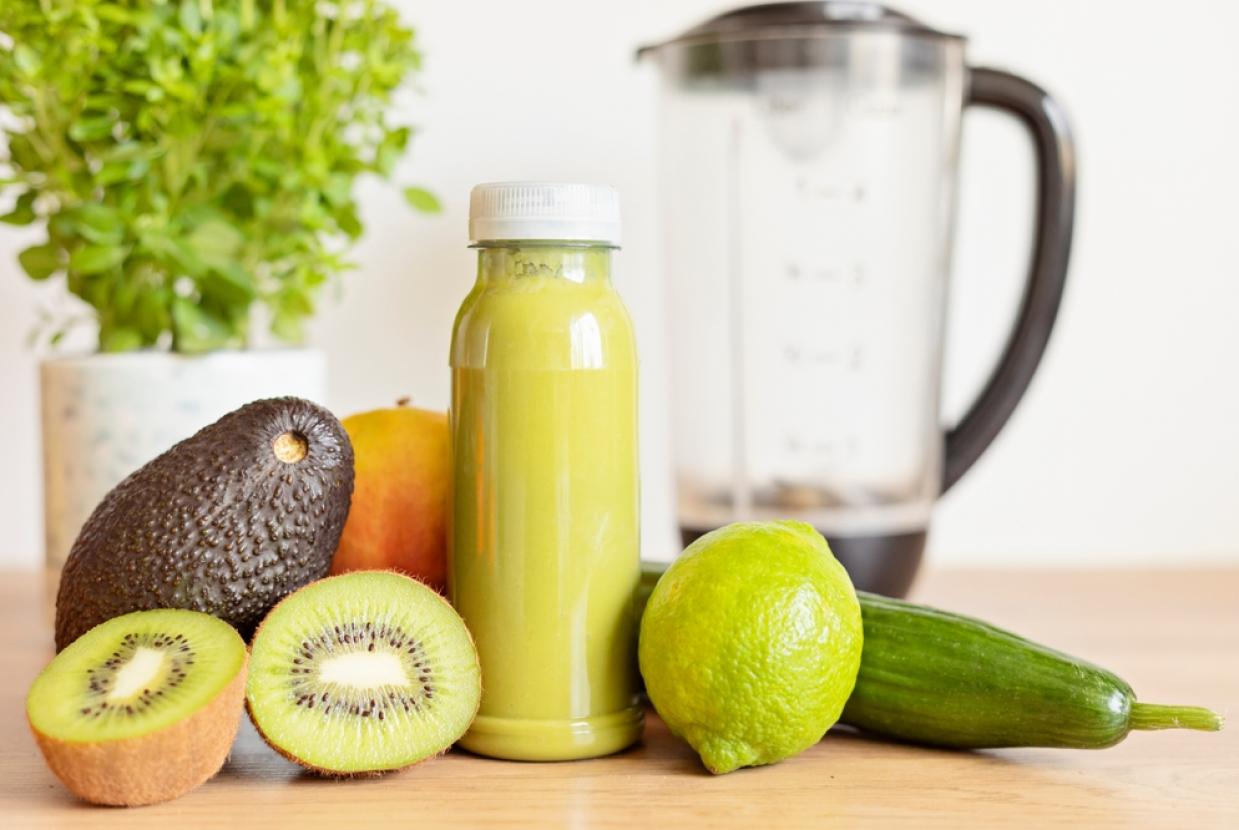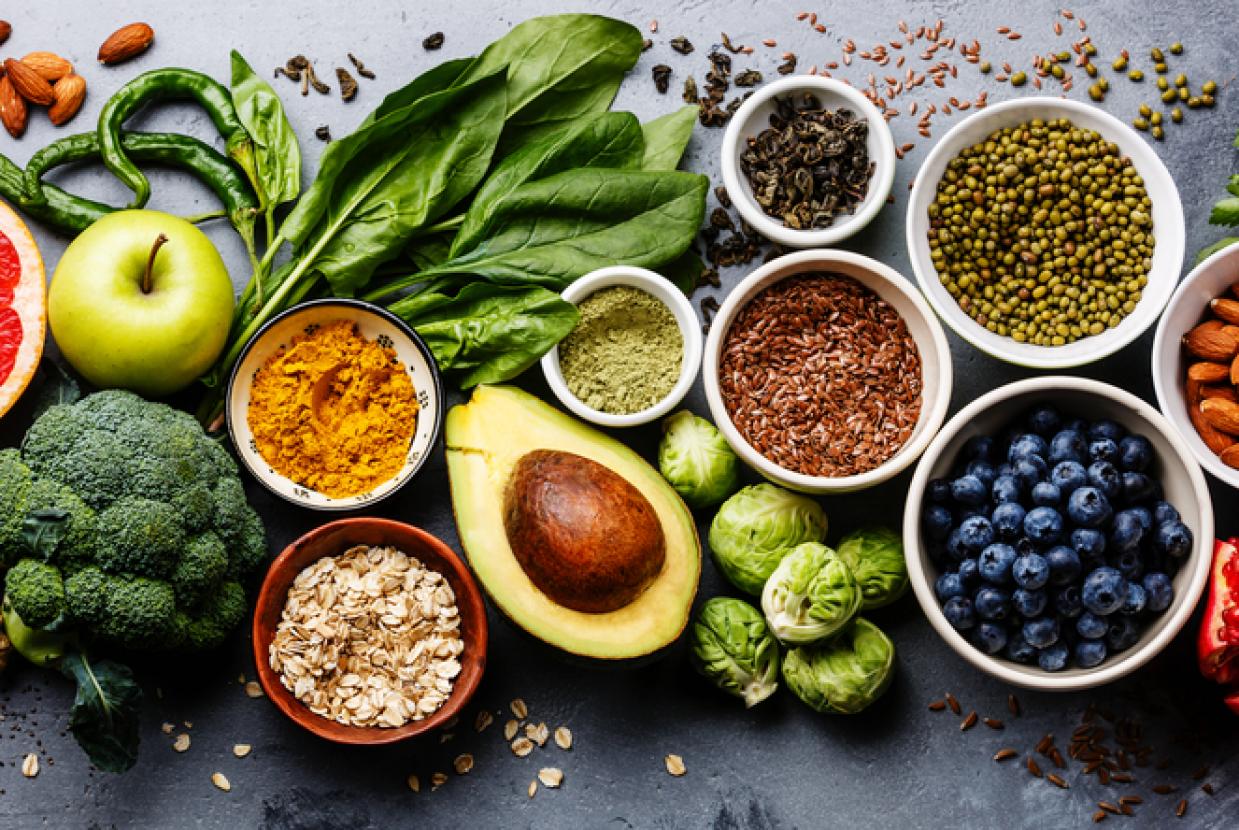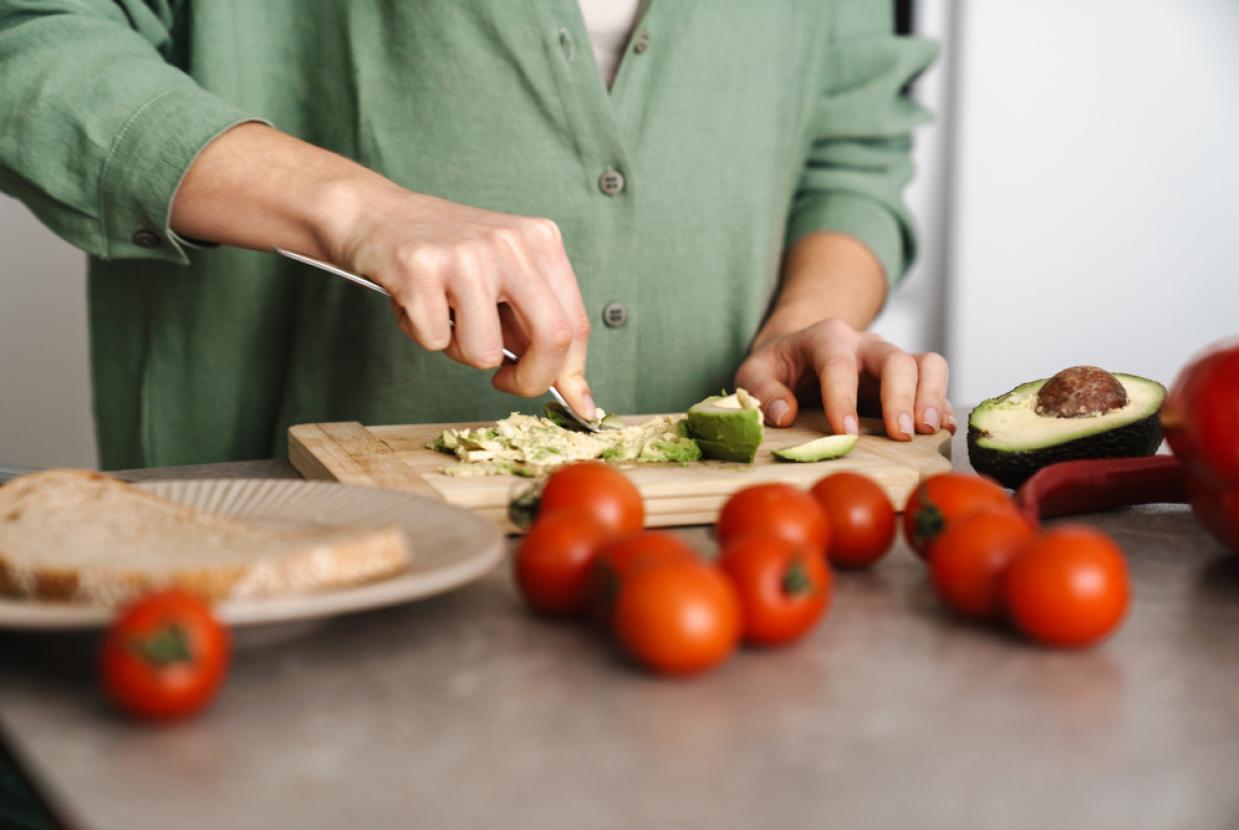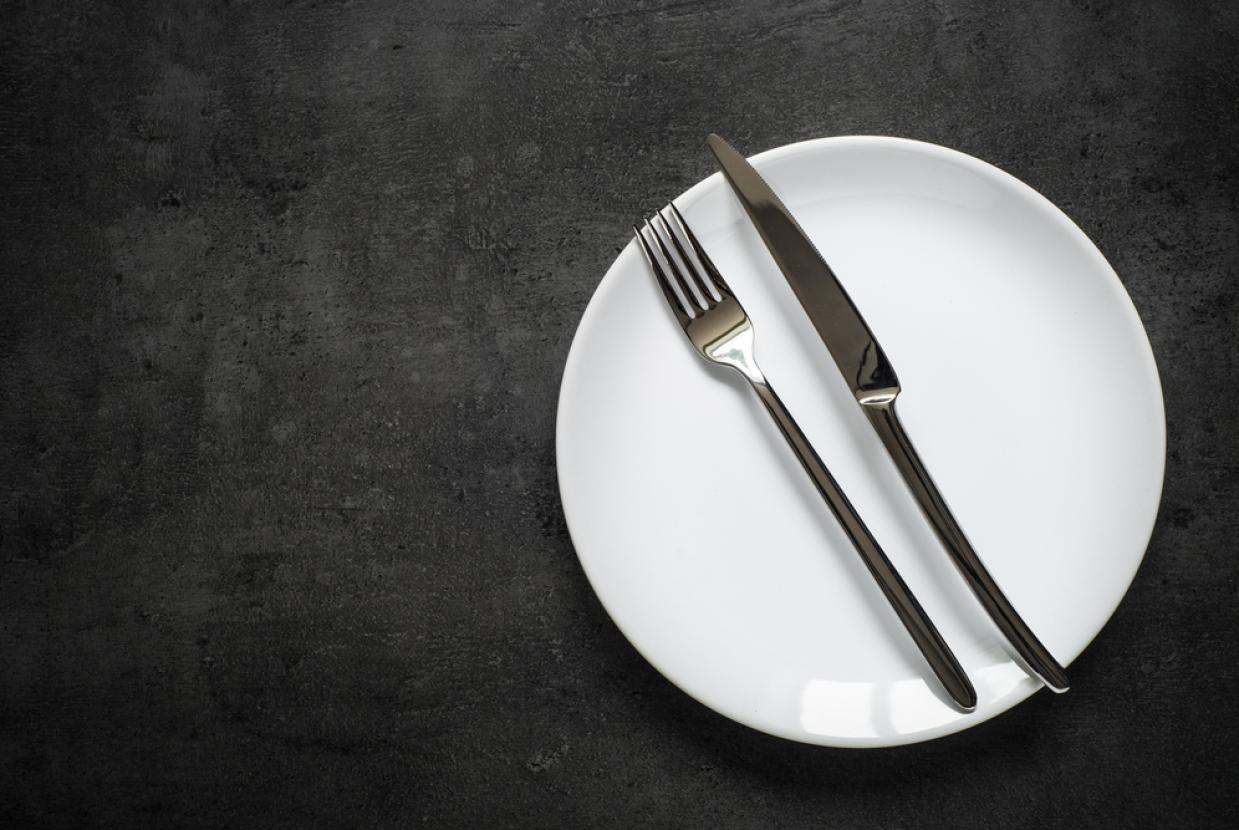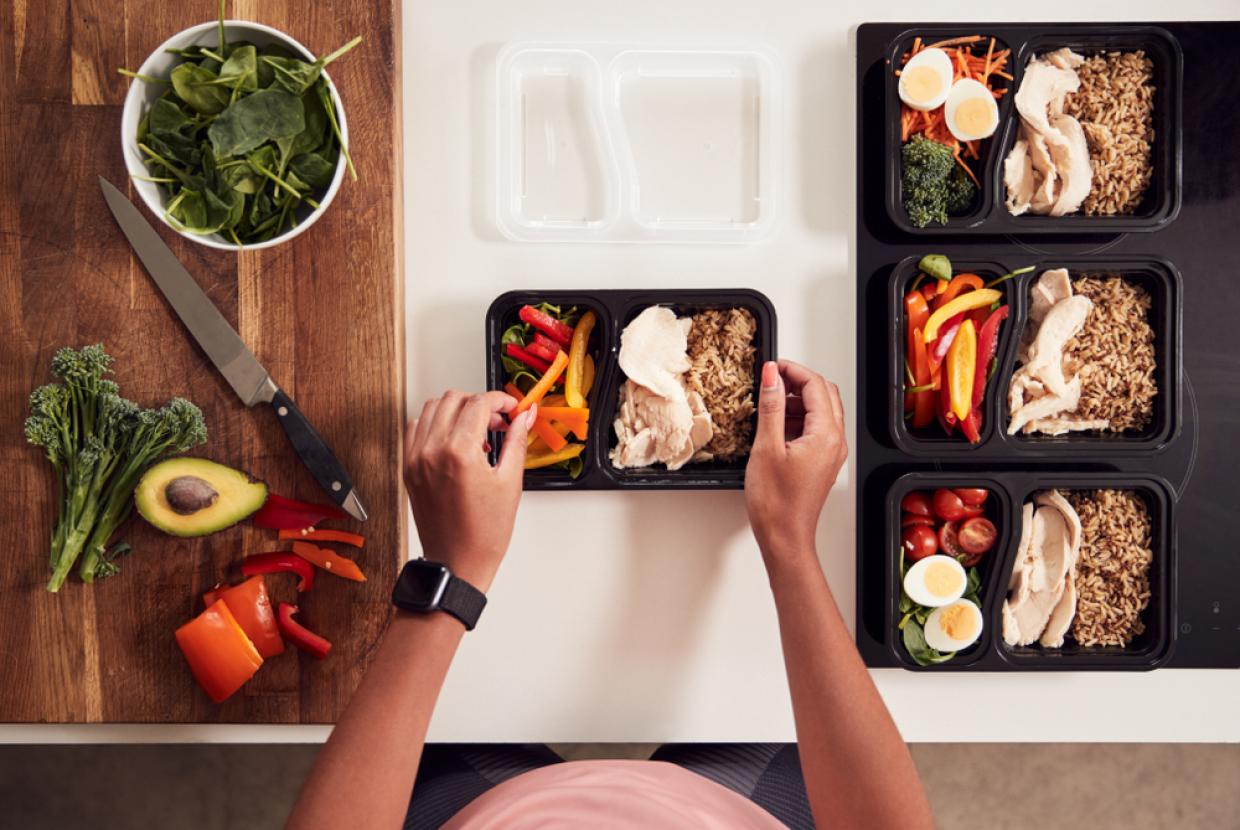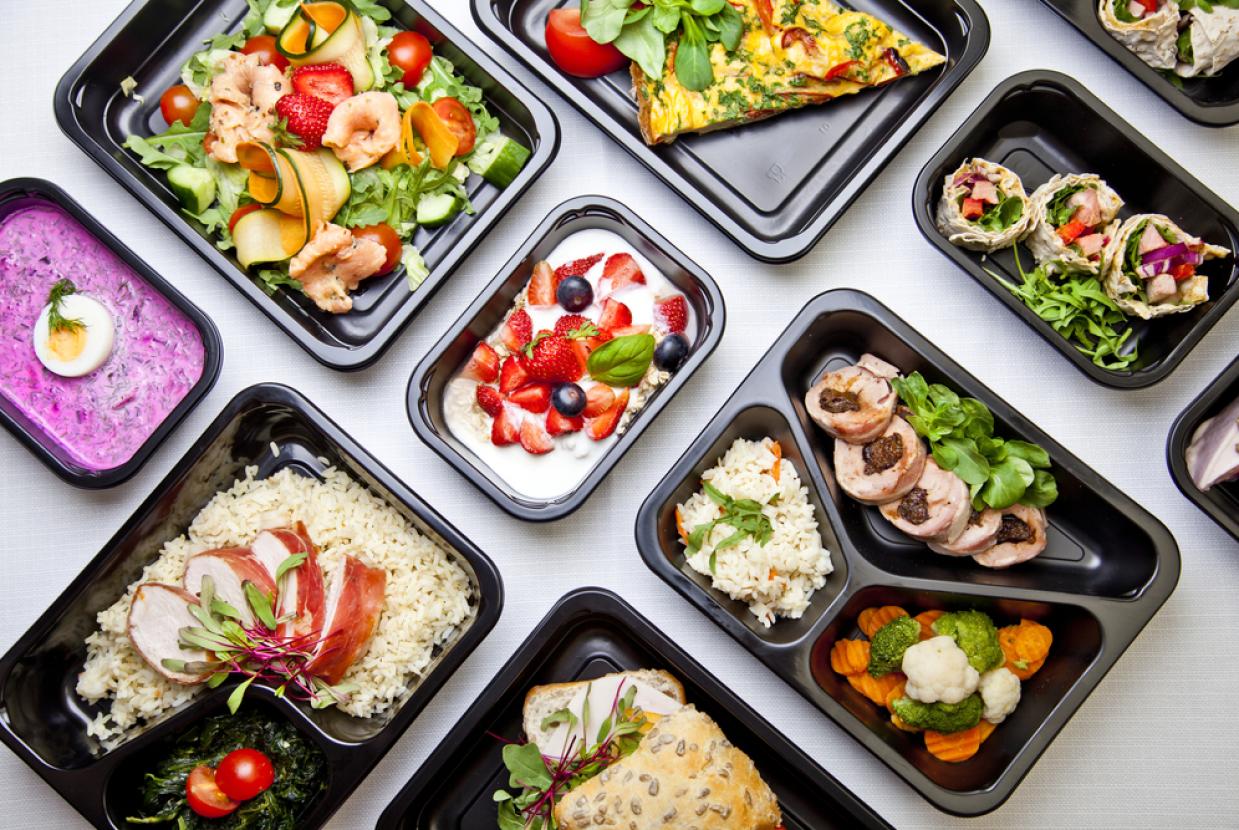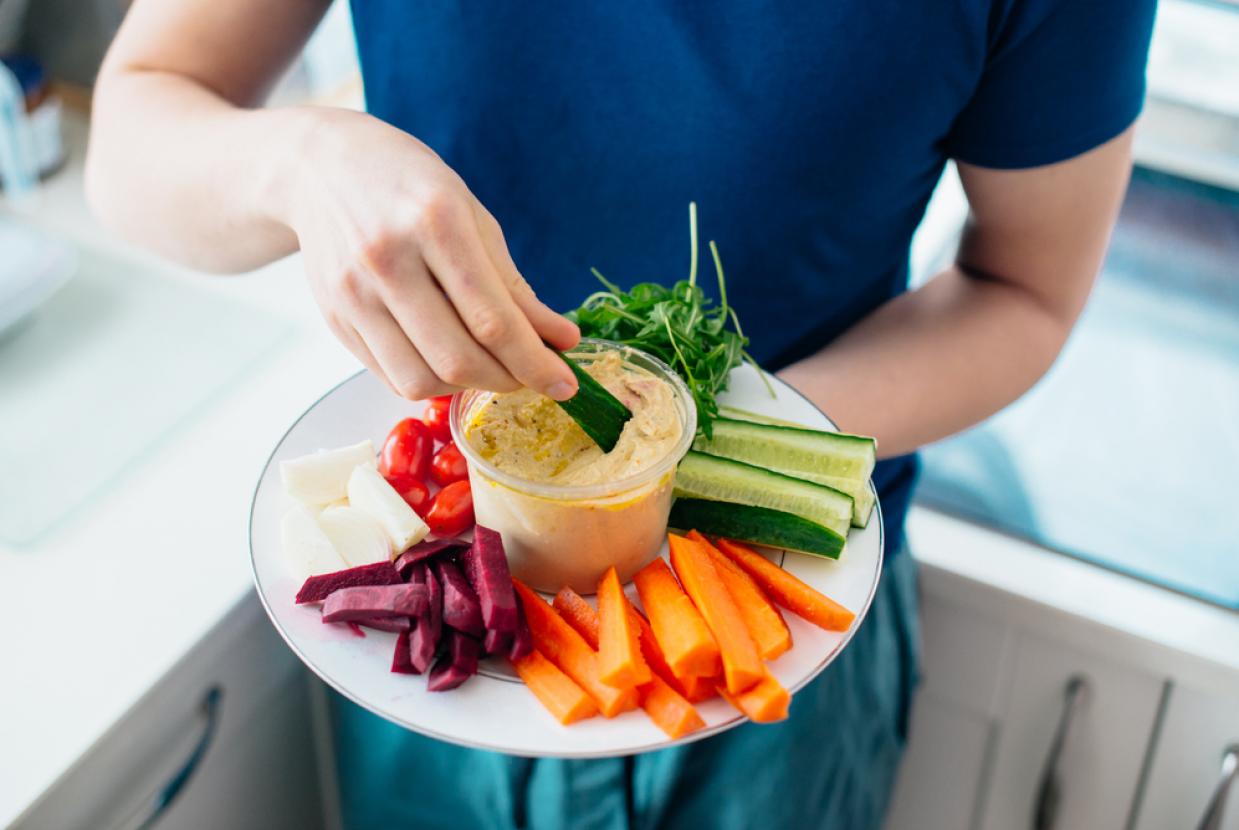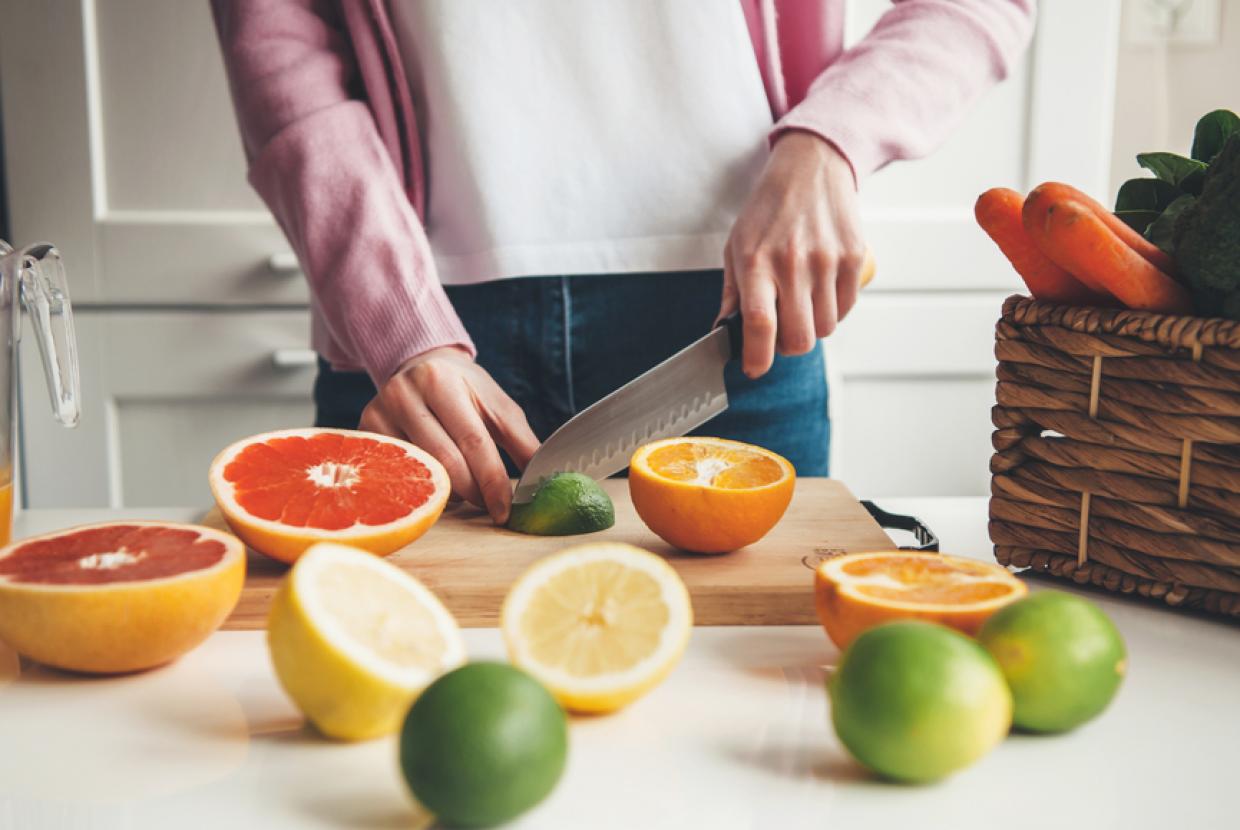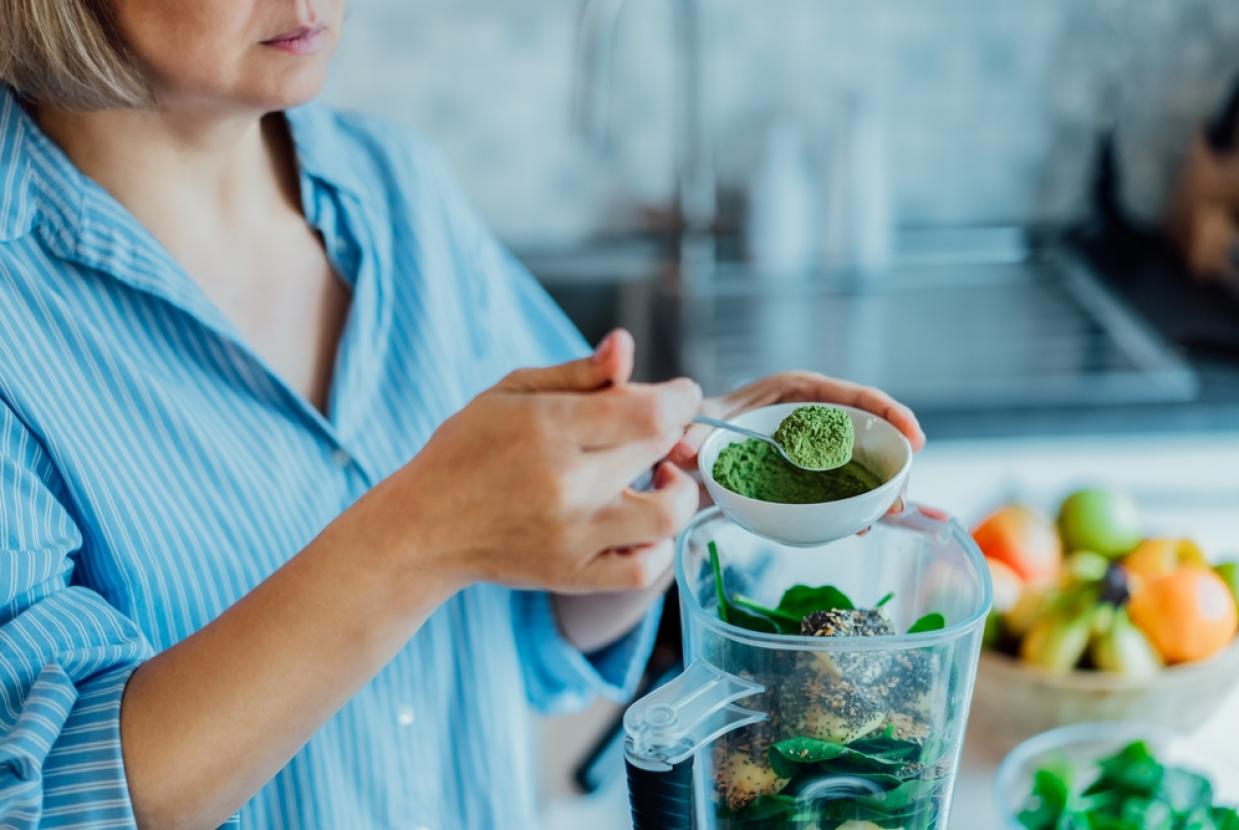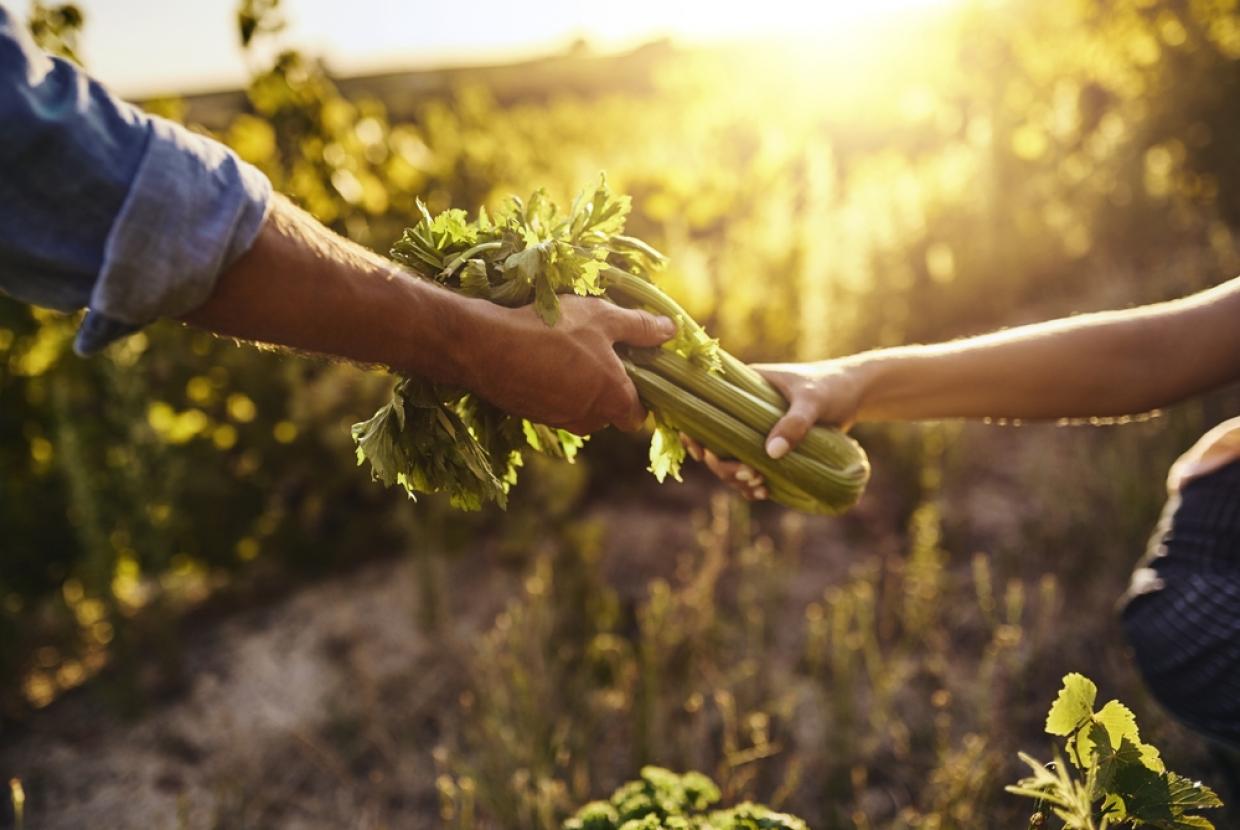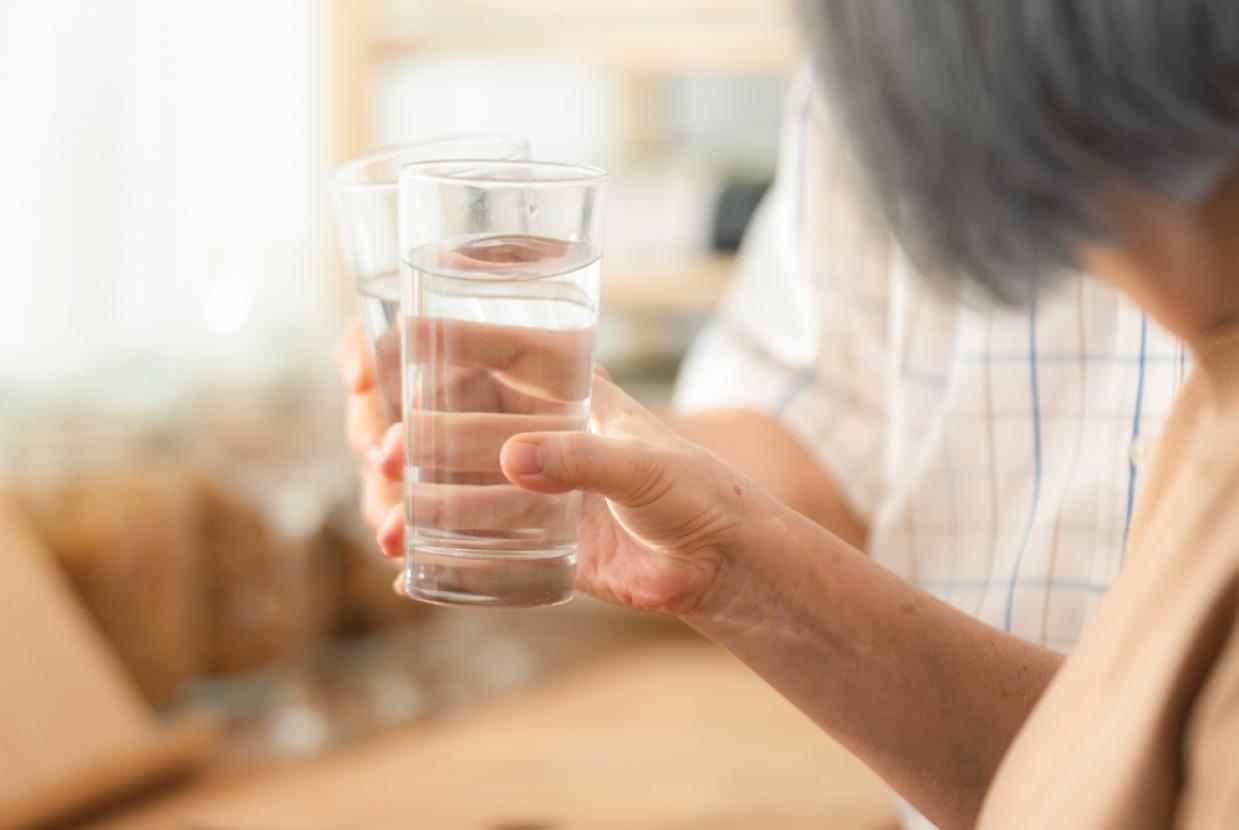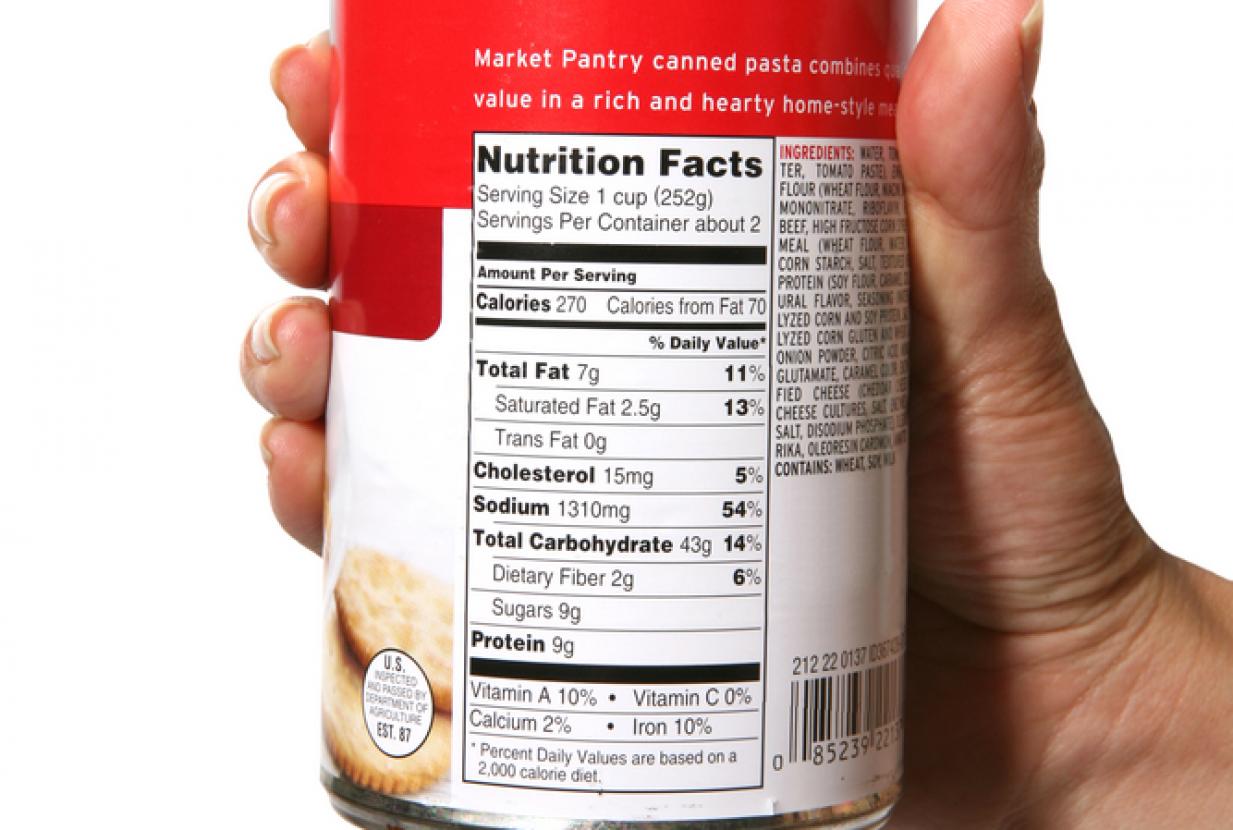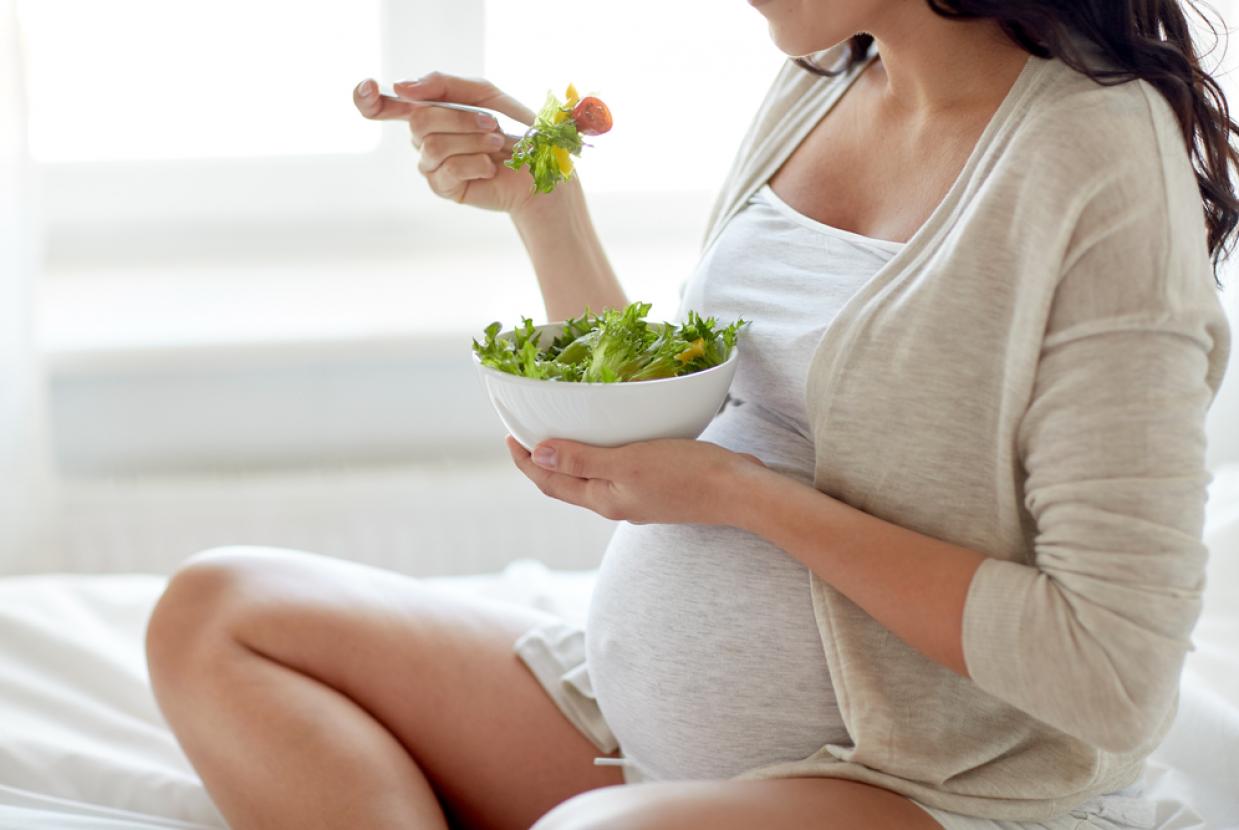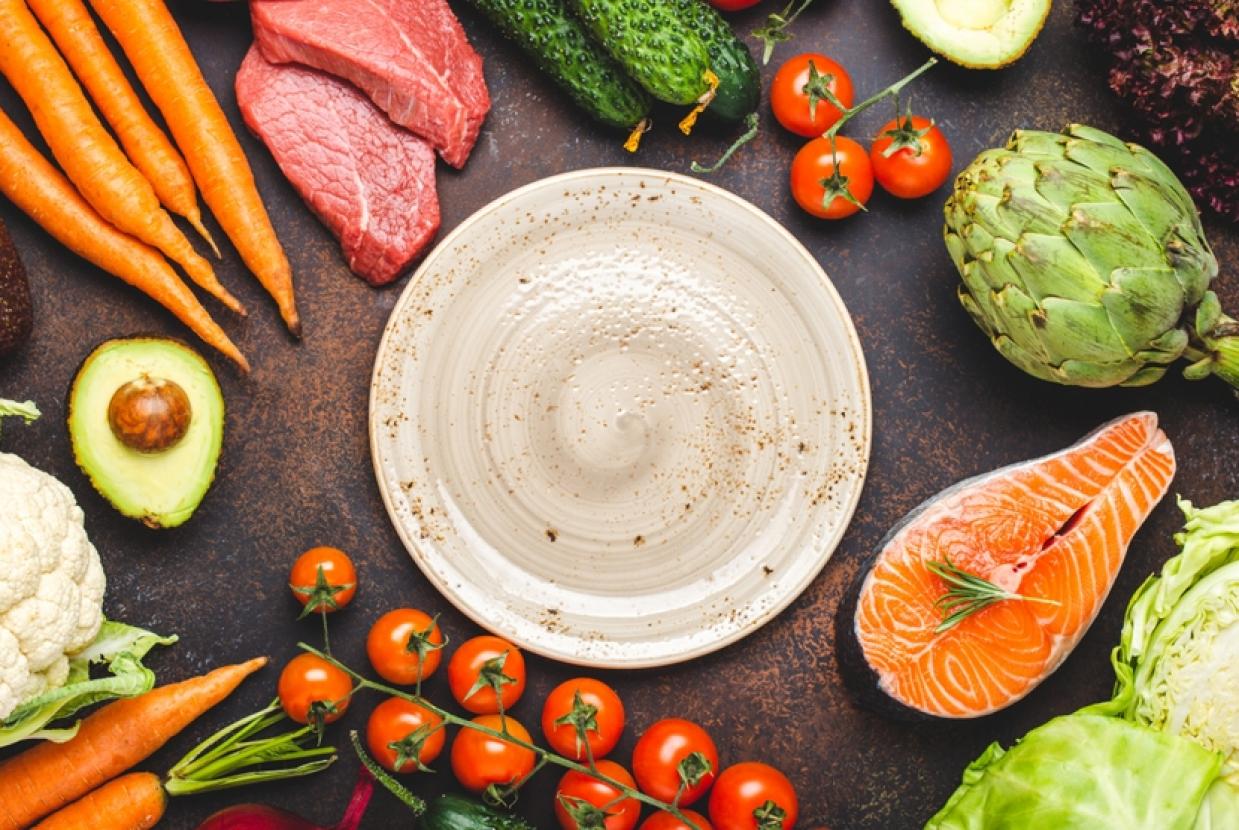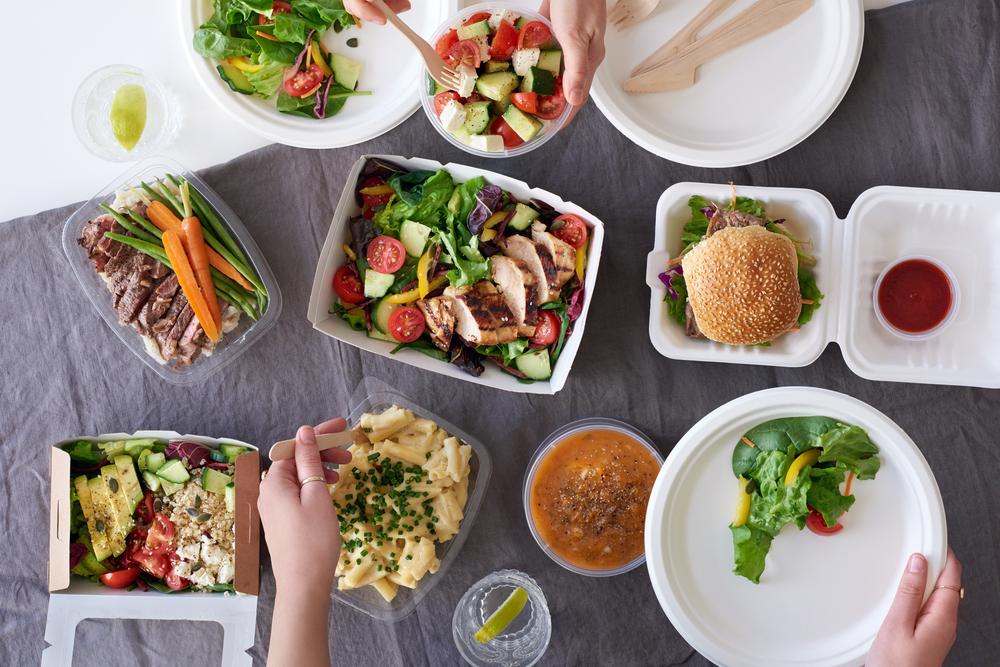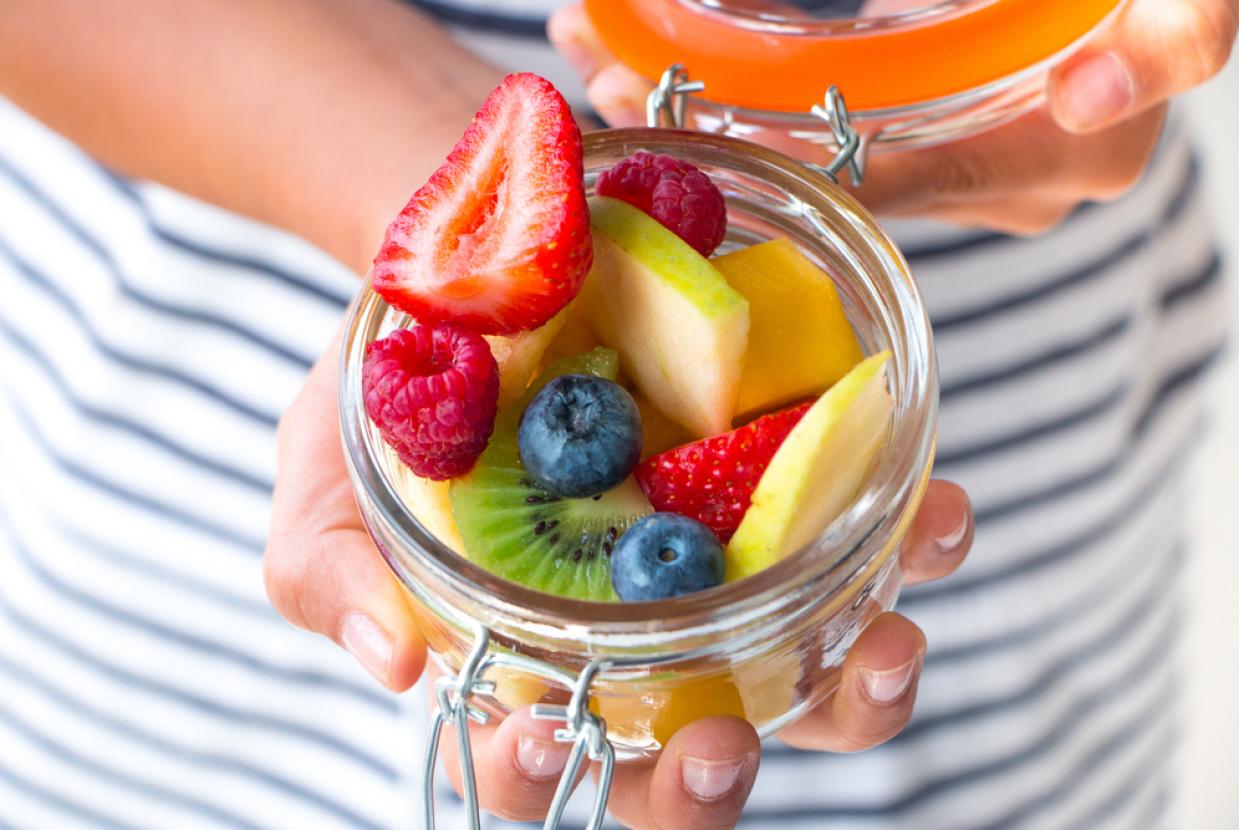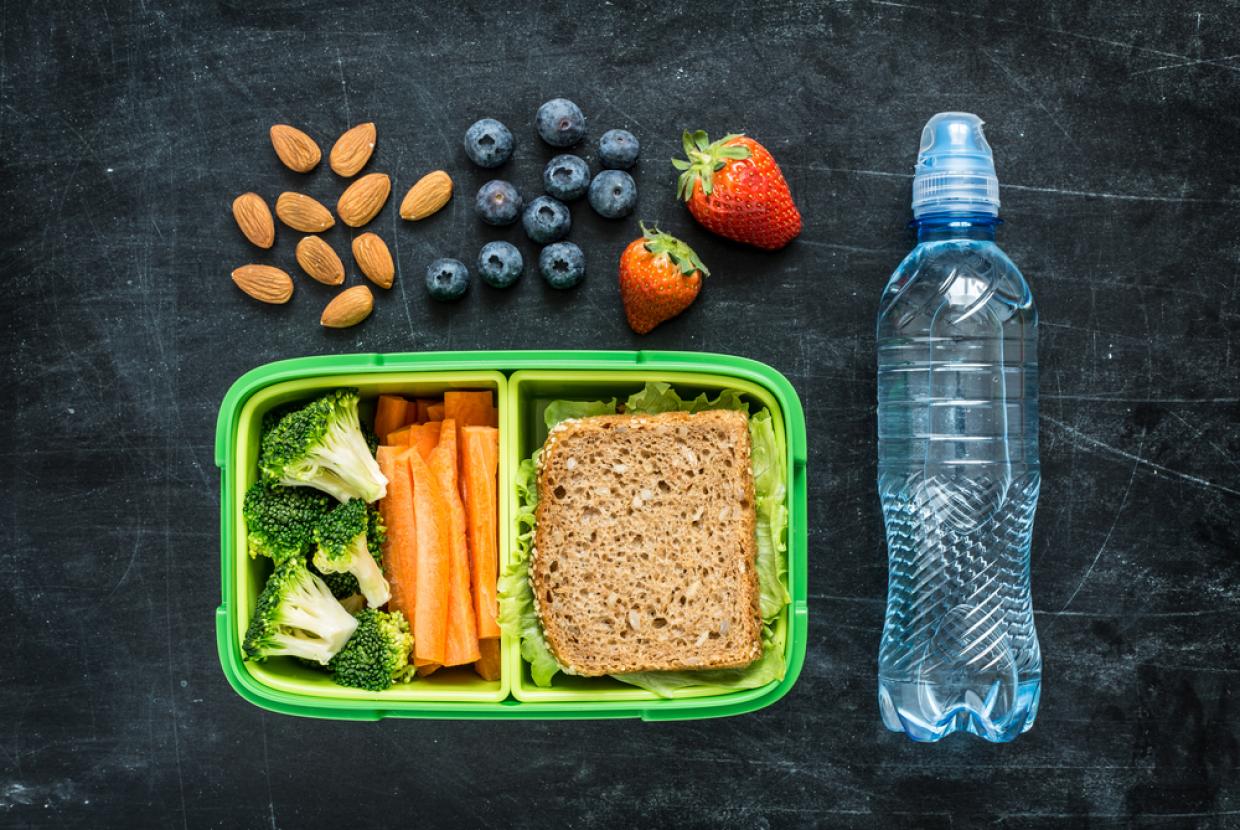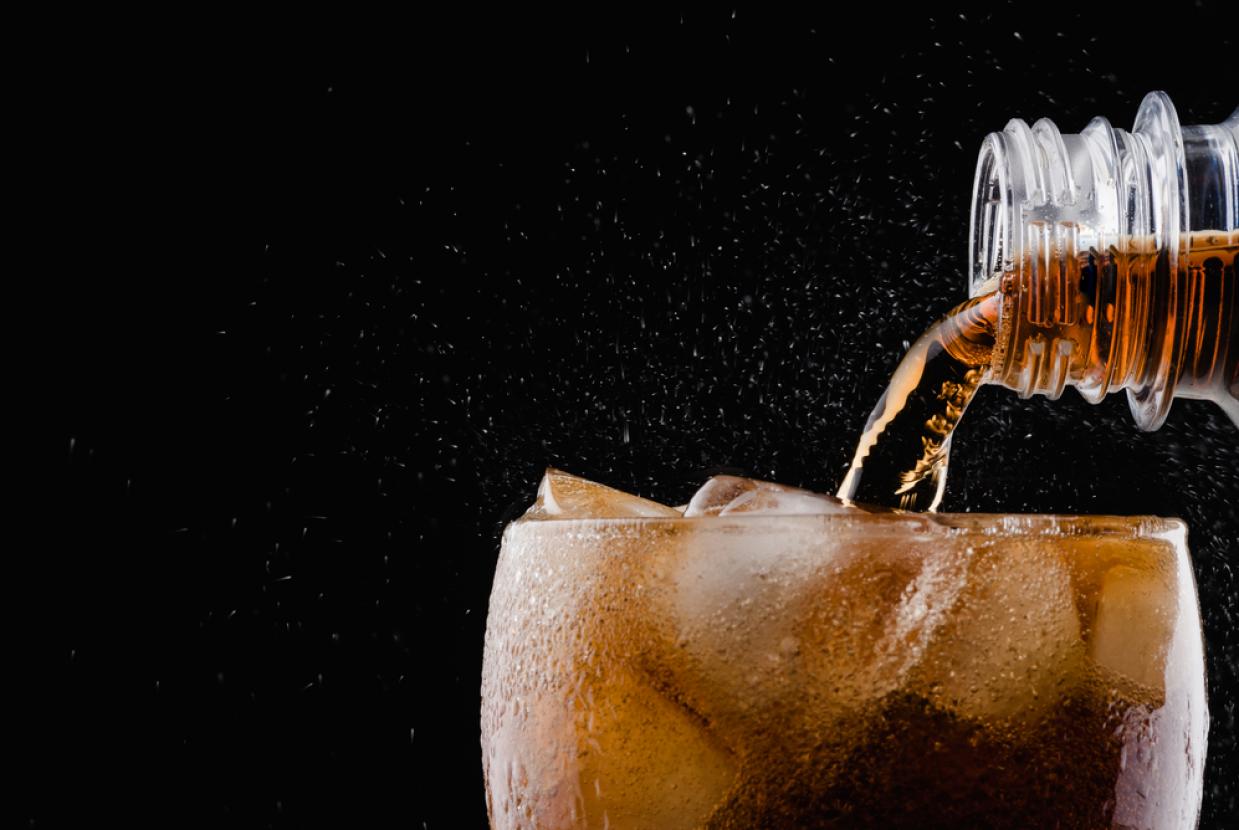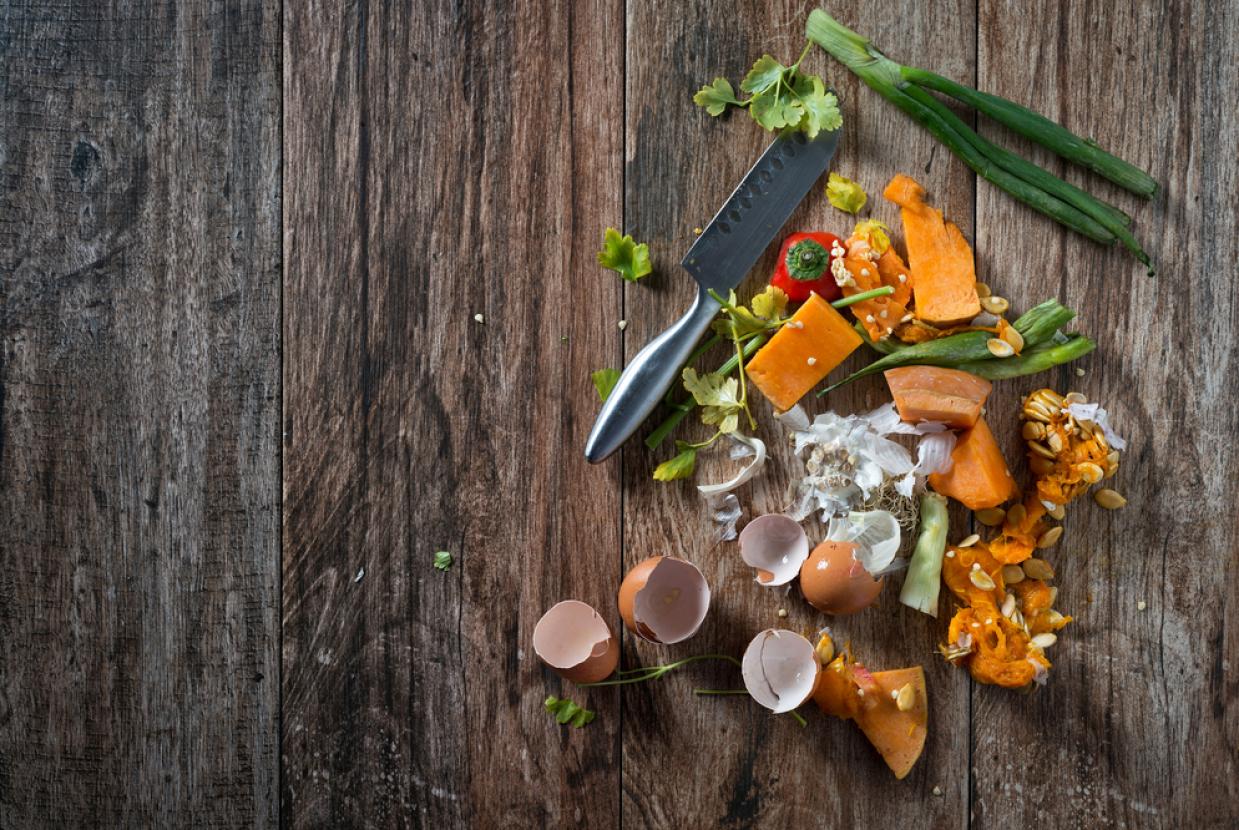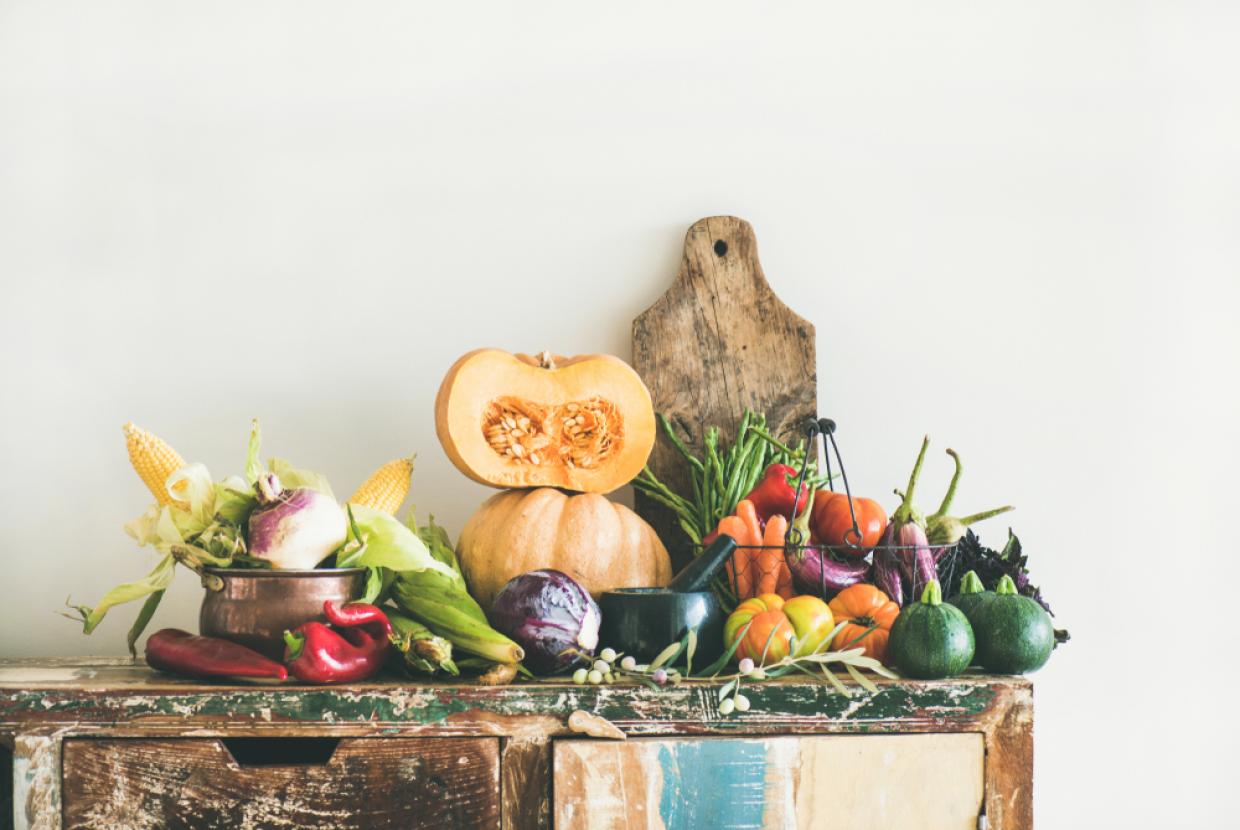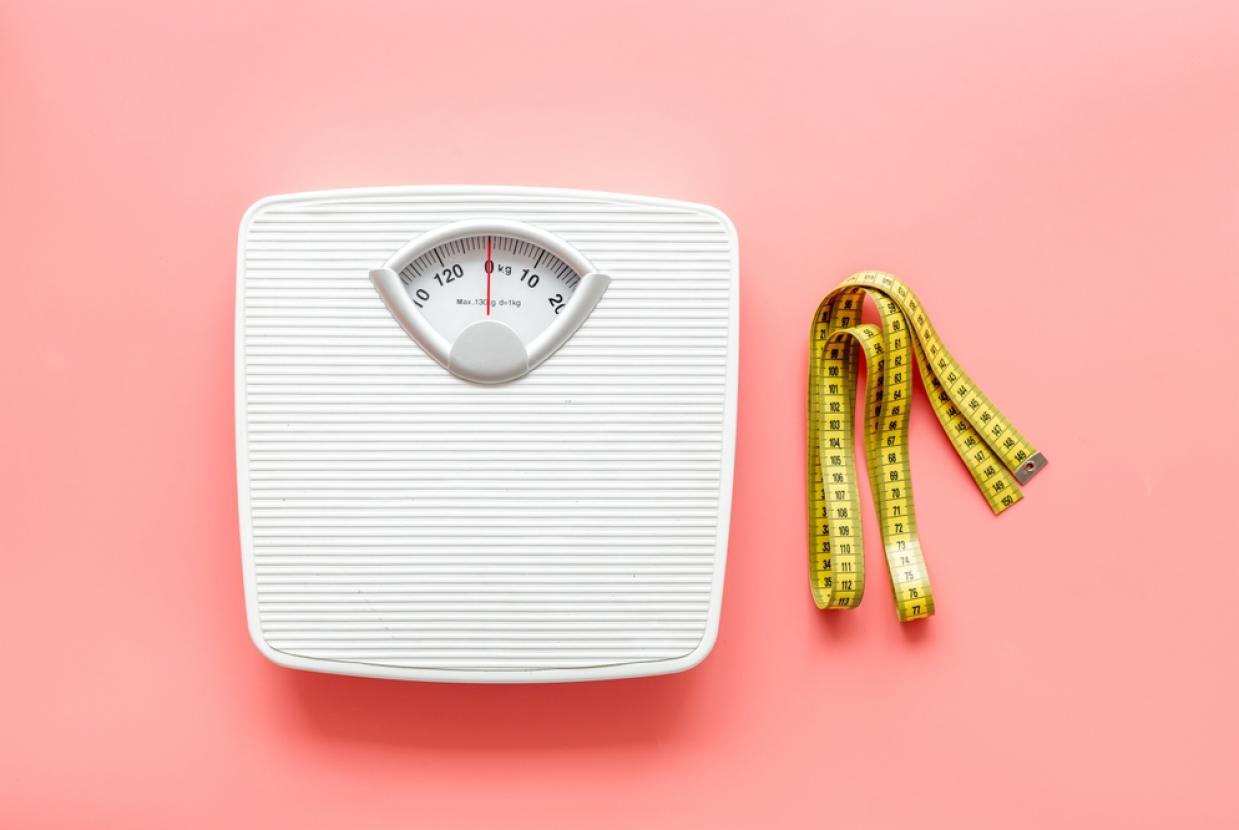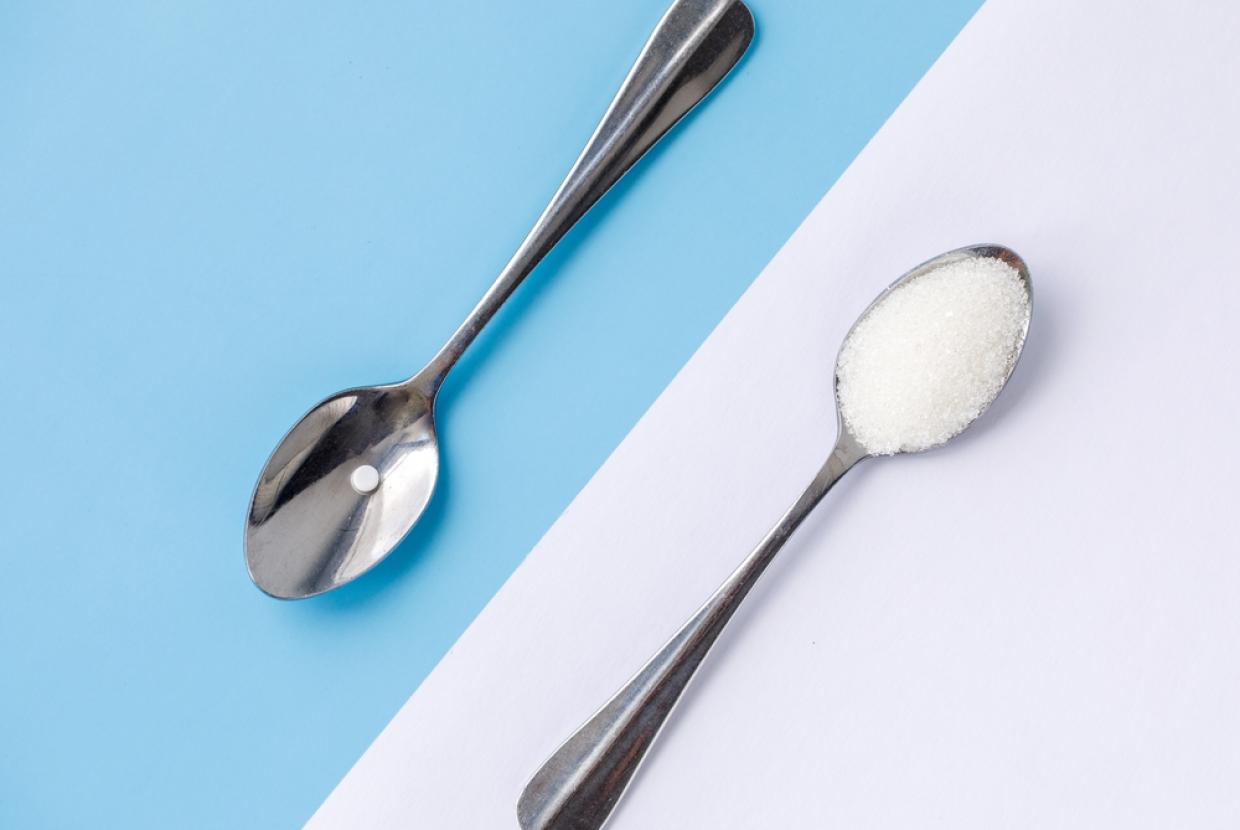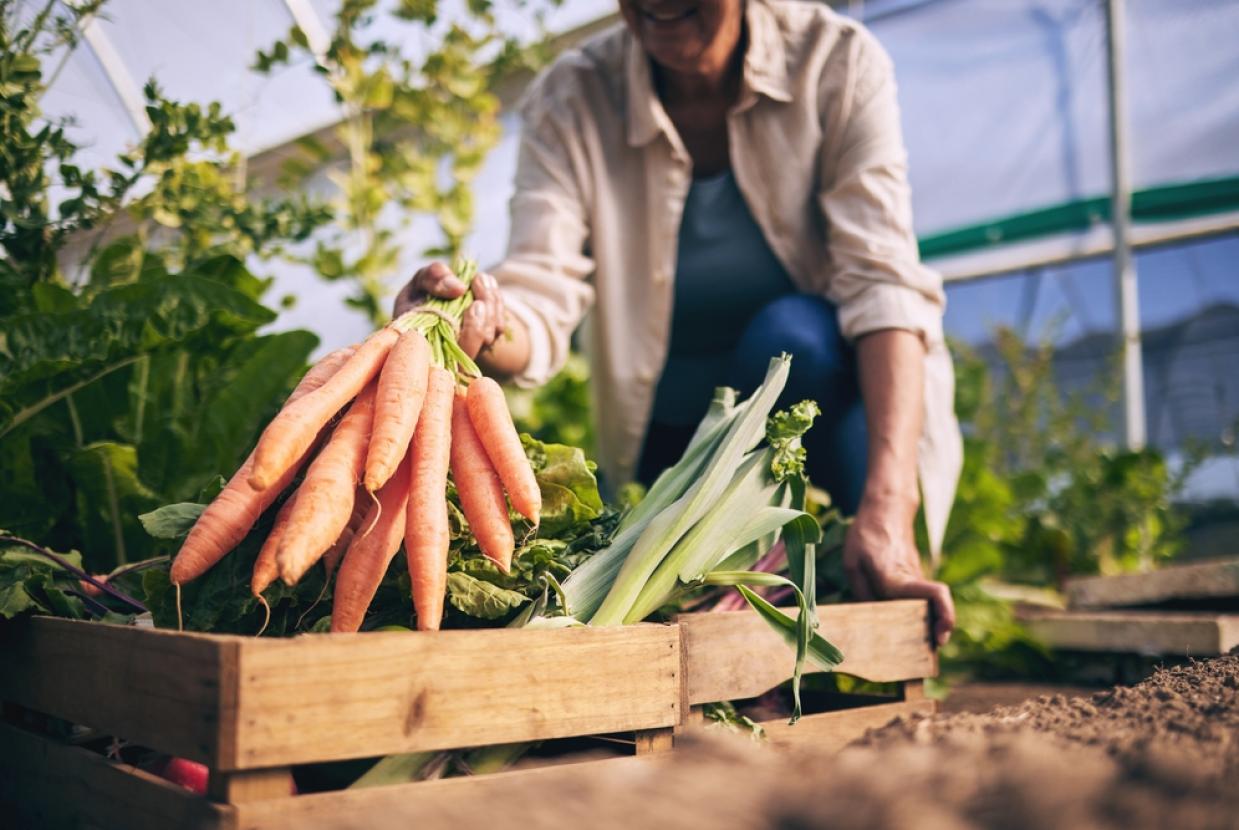Dairy & Alternatives In Your Diet
Healthy DietMilk and dairy products, such as cheese and yoghurt, are great sources of protein and calcium. They can form part of a healthy, balanced diet. Unsweetened calcium-fortified dairy alternatives like soya milks, soya yoghurts and soya cheeses also count as part of this food group. These can make good alternatives to dairy products. To make healthier choices, go for lower fat and lower sugar options.
Healthy dairy choices
The total fat content of dairy products can vary a lot. To make healthier choices, look at the nutrition information on the label to check the amount of fat, including saturated fat, salt and sugar, in the dairy products you're choosing.
Much of the fat in milk and dairy foods is saturated fat. For older children and adults, eating too much fat can contribute to excess energy intakes, leading to becoming overweight.
A diet high in saturated fat can also lead to raised levels of cholesterol in the blood, and this can put you at increased risk of having a heart attack or stroke.
Milk
The fat in milk provides calories for young children, and also contains essential vitamins. But for older children and adults, it's a good idea to go for lower-fat milks because having too much fat in your diet can result in you becoming overweight.
If you're trying to cut down on fat, try swapping to 1% fat or skimmed milk, as these still contain the important nutritional benefits of milk, but are lower in fat.
Cheese
Cheese can form part of a healthy, balanced diet, but it's good to keep track of how much you eat and how often as it can be high in saturated fat and salt. Most cheeses, including brie, stilton, cheddar, lancashire and double gloucester, contain between 20g and 40g of fat per 100g.
Foods that contain more than 17.5g of fat per 100g are considered high in fat. Foods that contain 5g or more of saturates are considered high in saturated fats.
Some cheeses can also be high in salt. More than 1.5g salt per 100g is considered high. Eating too much salt can contribute to high blood pressure.
If you're using cheese to flavour a dish or a sauce, you could try using a cheese that has a stronger flavour, such as mature cheddar or blue cheese, because then you'll need less. But remember, it's recommended that "at risk" groups avoid certain cheeses, such as:
- infants and young children
- people over 65 years of age
- pregnant women
- those who have a long-term medical condition or weakened immune system
These cheeses include:
- mould-ripened soft cheeses like brie or camembert
- ripened goats' milk cheese like chèvre
- soft blue-veined cheese, such as roquefort
These cheeses may carry bacteria called listeria. But these cheeses can be used as part of a cooked recipe as listeria is killed by cooking. Baked brie, for example, is a safer option.
Other dairy foods
Butter is high in fat and saturated fat. It can often be high in salt too, so try to eat it less often and in small amounts. Choosing lower-fat spreads instead of butter is a good way to reduce your fat intake.
Cream is also high in fat, so use this less often and in small amounts too. You can use lower-fat plain yoghurt and fromage frais instead of cream. Or you could opt for reduced-fat soured cream or reduced-fat crème fraîche in recipes. But remember, these foods can also contain a lot of saturated fat.
Dairy intake for pregnant women
Dairy foods are good sources of calcium, which is important in pregnancy because it helps your unborn baby's developing bones form properly. But there are some cheeses and other dairy products that you should avoid during pregnancy, as they may make you ill or harm your baby.
Make sure you know the important facts about which foods you should avoid or take precautions with when you're pregnant. During pregnancy, only drink pasteurised or ultra-heat treated (UHT) milks. These milks have been heat-treated to kill bacteria and prevent food poisoning.
Cows' milk that's sold in shops is pasteurised, but you can still find unpasteurised or "raw" milk for sale from some farms and farmers' markets. Check the label if you're unsure.
Dairy intake for babies and children under 5
Milk in your child's diet
Milk and dairy products are an important part of a young child's diet. They're a good source of energy and protein, and contain a wide range of vitamins and minerals, including calcium. These will help young children build bones and keep teeth healthy.
Giving your baby breast milk only (exclusive breastfeeding) is recommended for around the first 6 months of your baby's life. If you choose not to, or are unable to breastfeed, the only alternative is infant formula.
Cows' milk should not be given as a drink until a baby is 1 year old. This is because it does not contain the balance of nutrients babies need. But babies who are around 6 months old can eat foods that use full.
Cheese in your child's diet
Cheese can form part of a healthy, balanced diet for babies and young children, and provides calcium, protein and vitamins like vitamin A. Babies can eat pasteurised full-fat cheese from 6 months old. This includes hard cheeses such as mild cheddar cheese, cottage cheese and cream cheese.
Full-fat cheeses and dairy products are recommended up to the age of 2 years, as young children need fat and energy to help them grow. Babies and young children should not eat:
- mould-ripened soft cheeses, such as brie or camembert
- ripened goats' milk cheese like chèvre
- soft blue-veined cheese like roquefort
These cheeses may carry bacteria called listeria. You can check labels on cheeses to make sure they're made from pasteurised milk.
What is pasteurisation?
Pasteurisation is a heat treatment process to kill bacteria and prevent food poisoning. Most milk and cream is pasteurised. If milk is unpasteurised, it's often called "raw" milk. This must carry a warning saying it has not been pasteurised and may contain harmful bacteria (which could cause food poisoning).
You can sometimes buy unpasteurised milk and cream from farms and farmers' markets. If you choose unpasteurised milk or cream, make sure they're kept properly refrigerated because they go off quickly.
Follow any instructions provided with the milk and do not use the milk past its use-by date. Some other dairy products are made with unpasteurised milk, including some cheeses.
Milk allergy and lactose intolerance
Milk and dairy foods are good sources of nutrients, so do not cut them out of your or your child's diet without first speaking to a GP or dietitian. There are 2 conditions that cause a reaction to milk.
Lactose intolerance
Lactose intolerance is a common digestive problem where the body is unable to digest lactose, a type of sugar mainly found in milk and dairy products. Lactose intolerance can cause symptoms such as bloating and diarrhoea. It does not cause severe reactions.
Cows' milk allergy
Cows' milk allergy (CMA) is 1 of the most common childhood food allergies. CMA typically develops when cows' milk is first introduced into your baby's diet either in formula or when your baby starts eating solids.
More rarely, it can affect babies who are exclusively breastfed because cows' milk from the mother's diet passes to the baby through breast milk.
Dairy alternatives and substitutes
Some people need to avoid dairy products and cows' milk because their bodies cannot digest lactose (lactose intolerance) or they have an allergy to cows' milk protein. There are a number of lactose-free dairy products available to buy that are suitable for people with lactose intolerance.
These contain the same vitamins and minerals as standard dairy products, but they also have an added enzyme called lactase, which helps digest any lactose so the products do not trigger any symptoms. Some people also choose not to have dairy products for other reasons – for example, because they follow a vegan diet.
There are a number of alternative foods and drinks available in supermarkets to replace milk and dairy products, such as:
- soya milks, yoghurts and some cheeses
- rice, oat, almond, hazelnut, coconut, quinoa and potato milks
- foods that carry the "dairy-free" or "suitable for vegans" signs
If you're not able to, or choose not to, eat dairy products, you may be at risk of not getting enough calcium in your diet. There are non-dairy, vegan friendly products that have added calcium that can help with this.


